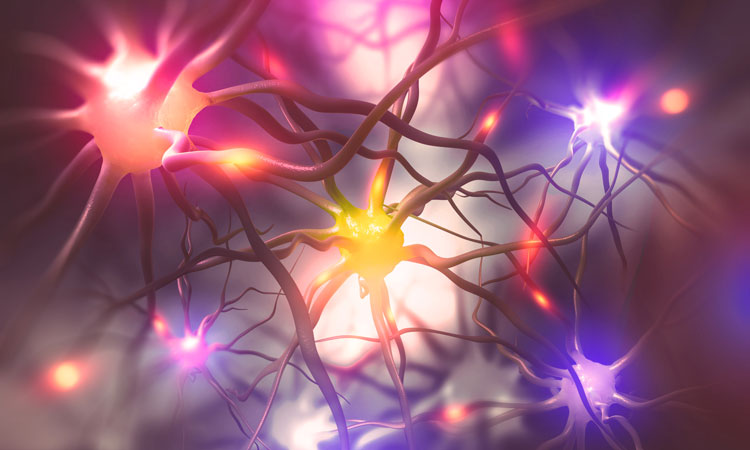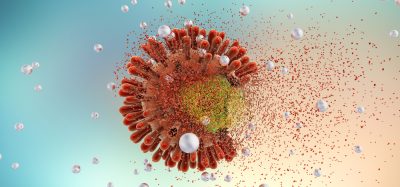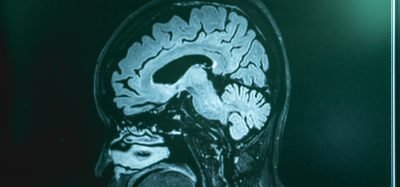Interaction site for serotonin type 3A and RIC-3 chaperone identified
Posted: 5 February 2020 | Rachael Harper (Drug Target Review) | No comments yet
To address the receptor dysfunction associated with several neurological diseases, scientists have provided novel insights into a protein-protein interaction that could lead to more effective treatments.

A new study has provided novel insights into a protein-protein interaction that may one day lead to more effective treatments for several serious neurological diseases. The study was led by Dr Michaela Jansen, from the Texas Tech University Health Sciences Center School of Medicine, US.
Serotonin type 3A (5-HT3A) is a member of the protein superfamily known as pentameric ligand-gated ion channels (pLGIC). These channels act as neurotransmitter receptors, a type of receptor that binds with neurotransmitters and produces an electrical signal by managing ion channel activity. When they do not function properly, they have been linked to Alzheimer’s disease, Parkinson’s disease, epilepsy, schizophrenia, alcohol addiction and myasthenia gravis.
Members of the pLGIC superfamily are assembled from five subunits, each of which consists of three domains: the extracellular domain (ECD), the transmembrane domain (TMD) and the intracellular domain (ICD).
In previous research, Jansen and her team showed that the ICD of 5-HT3A interacts with a chaperone protein known as Resistance to Inhibitors of Cholinesterase 3 (RIC-3) which help the subunits of pLGIC proteins, like 5-HT3A, assemble and function properly.
The ICD for 5-HT3A consists of 115 amino acids linked together in a peptide chain. Though the team had demonstrated previously that the ICD is required for the chaperone protein to act, they did not know which segment of amino acids along the ICD chain supported the interaction between the receptor protein 5-HT3A and the RIC-3 chaperone protein.
“With this study, we show that the very first segment, which consists of 24 amino acids, is essentially all that’s needed for the interaction,” Jansen said. “Interestingly, this segment contains a short alpha helix that we think is conserved across other members of the ion channel super family, so this will help us to apply what we learned here to several related channels.”
Specifically, Jansen said, her team investigated which sites of the 5-HT3A and the RIC-3 have to fit together so that the machinery that leads to assembly can work. This is important because the number of receptors in the brain is disturbed in some diseases.
For example, many times the number of channels is altered for Alzheimer’s disease, so understanding how this protein-protein assembly works could help researchers design drugs that mimic the interaction.
“This is important because if you know this part, and the structure of it is known, then you could say, ‘okay, let’s make a drug that binds to the surface of the segment’,” Jansen said. “This can help us with regulating receptor numbers for Alzheimer’s disease; you have the lock, now you can design the key for it because you know the structure of this segment.
“This is what is needed for structure-guided drug design; you can conceptualise a small drug-like molecule and then investigate if that works to interfere with processes that are not functioning in certain disease states.”
The study was published in Biophysical Journal.
Related topics
Disease Research, Drug Development, Neurosciences, Protein
Related conditions
Alzheimer’s disease, Epilepsy, Parkinson's disease, Schizophrenia
Related organisations
Texas Tech University Health Sciences Center School of Medicine
Related people
Michaela Jansen Pharm D PhD







